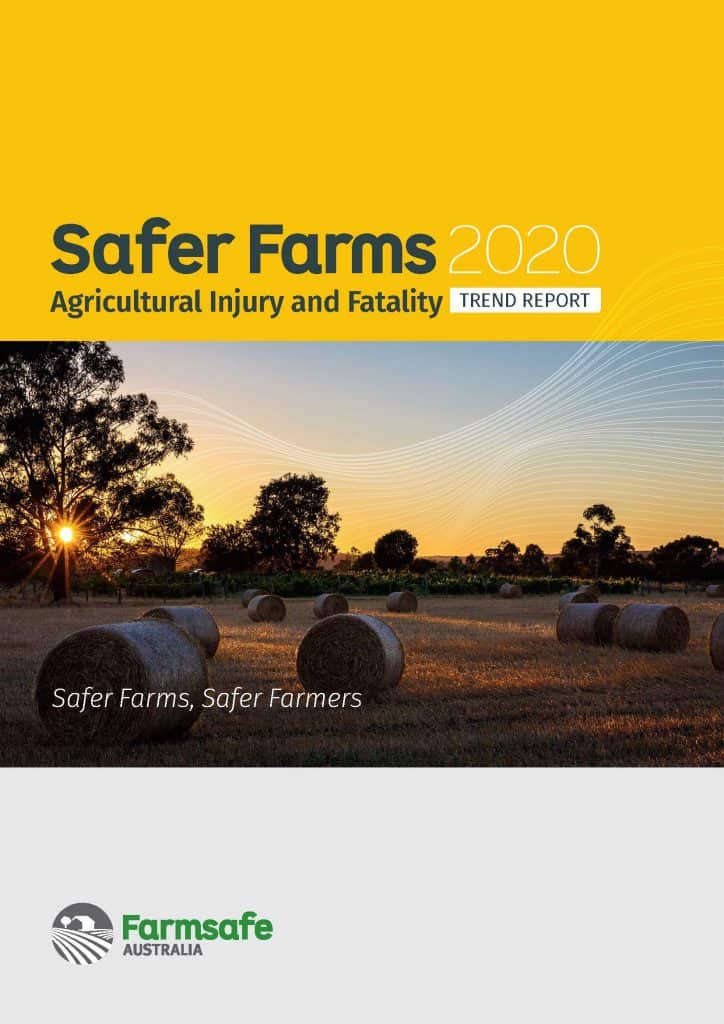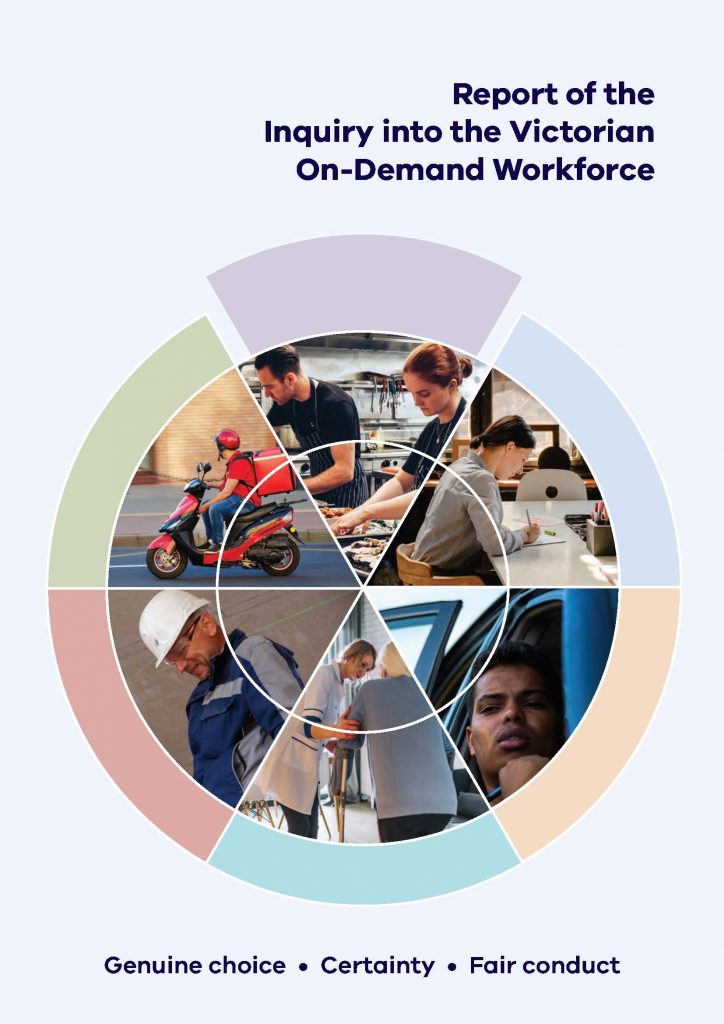
Many companies operate wellness programs at work. Some of these claim to reduce the likelihood of work-related injury or ill health. Others are aimed at reducing chronic health risks such as obesity, heart disease and more. A recent book from the United States encourages us to be sceptical of such programs and ask about employers’ purposes in introducing such programs. The book is called “Calling Bullshit – The Art of Scepticism in a Data-Driven World” and offers important insights beyond workplace wellness.






